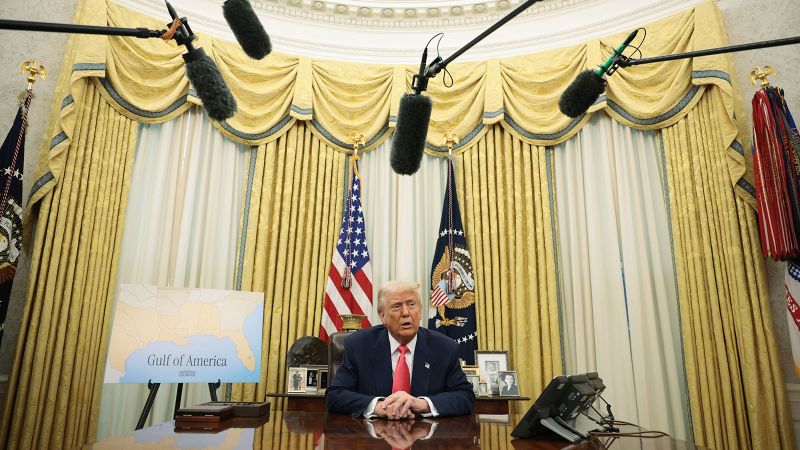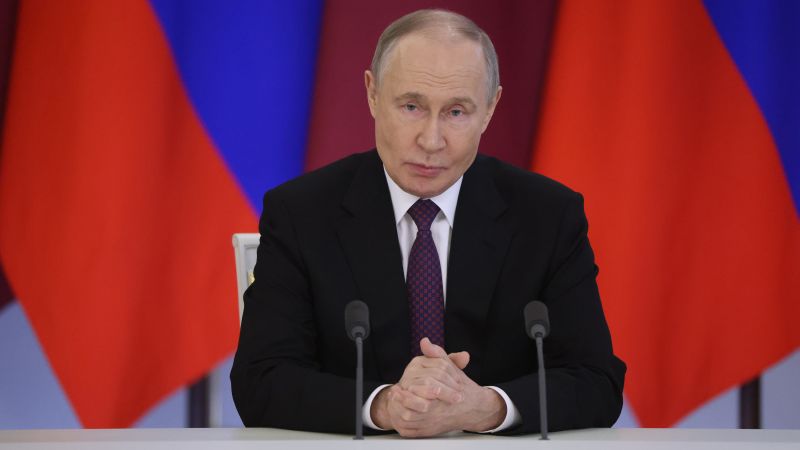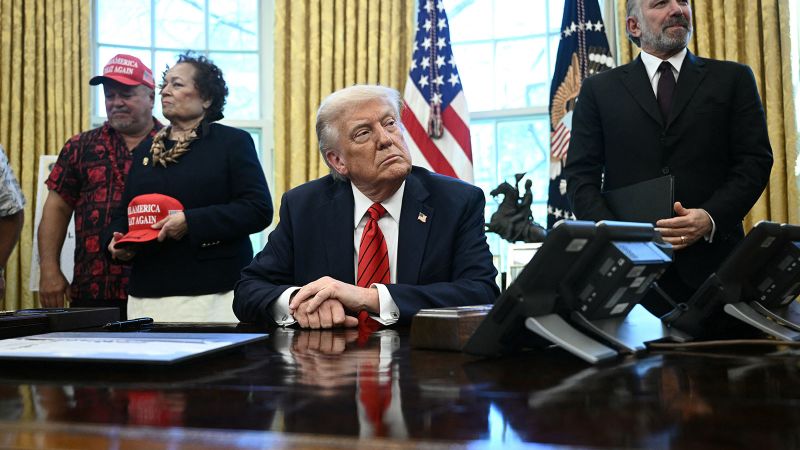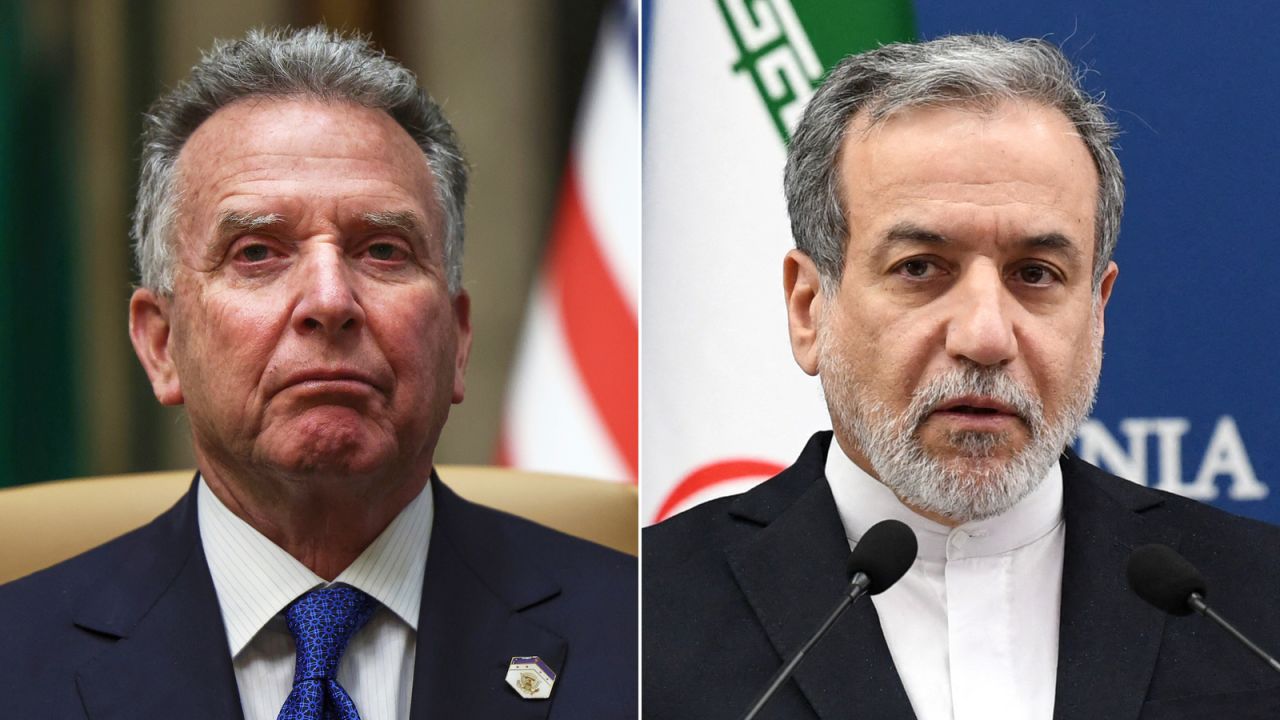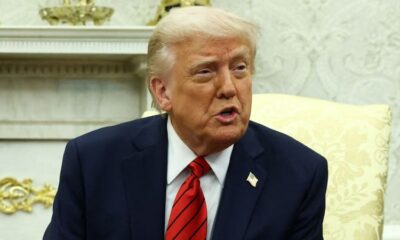Washington
CNN
—
Unpredictability has long been one of President Donald Trump’s strongest assets. The uncertainty that follows is one of his most confounding.
From the financial markets to foreign capitals, a fresh sense of Trump-inspired whiplash reverberated across the globe this week, raising questions about whether his decisions on trade, Ukraine aid or the federal workforce are rooted in strategy or impulse.
“Look, our country’s been ripped off by everybody,” Trump said Friday. “That stops now.”
The seventh week of his presidency was scripted to be something of a triumphant one, with a prime-time address to a joint session of Congress intended to rally Republicans around his agenda. But the week was instead dominated by what Trump did, not simply what he said, particularly in reversing course on tariffs.
A day after imposing them on Canada and Mexico, he pulled back, acquiescing to the nation’s top automakers by granting a one-month reprieve.
A day later, his decision to backtrack again by delaying even more Mexico-Canada tariffs sent the financial markets into a downward state of confusion.
“I’m not even looking at the market,” Trump said Thursday in the Oval Office, an assertion that drew eye rolls from his advisers and admirers alike.
Whether or not Trump was looking at the stock market, the market was looking at him – wiping out most of the gains made since the November election.
For all the planning that Trump and his advisers engaged in during their four years out of power – preparing a raft of executive orders, writing detailed plans to dramatically reshape the federal workforce and more – the first week of March also presented a fresh reminder that all presidents rise or fall on how they respond to challenges outside of their immediate control.
For Trump, that appears most evident when it comes to the economy and the war in Ukraine, where his efforts to bring an end to the war begun with Russia’s invasion have come with the US softening support for Kyiv and warming up to Moscow.
If the on-again, off-again action on tariffs sent stocks tumbling and executives scrambling, it did not appear to bother Trump.
Indeed, by Friday, the president had veered yet again, threatening a new 250% tariff on Canadian dairy that had gone unmentioned by himself or anyone else in their hours of interviews and press conferences on tariffs over the previous week.
The dairy issue is one the president raised directly with Canadian Prime Minister Justin Trudeau in a telephone call this week that, in his words on Truth Social, ended “in a ‘somewhat’ friendly manner.”
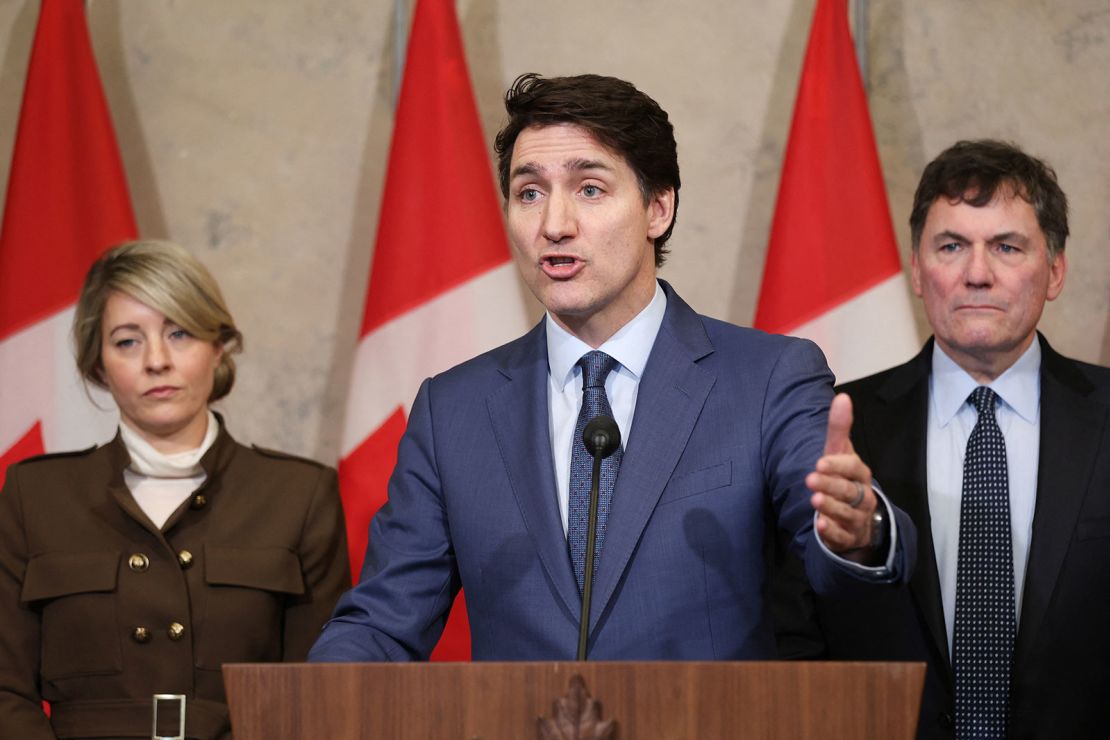
As it turns out, the quotation marks around “somewhat” were doing a lot of work. The call, at moments, became highly contentious, officials told CNN, as the leaders exchanged profanity and raised voices to make their points.
There may have been some pent-up anger involved. Trudeau had been trying to get ahold of Trump for days before new 25% tariffs were set to go into effect, but his calls were not being returned.
By the time Trudeau emerged to directly inform “Donald” that his tariffs were a “very dumb thing to do,” it was clear the relationship between the men was toxic and generally irreparable.
White House officials took umbrage at the casual reference to the president by one of his counterparts and already began looking to a time in the near future when Trudeau will no longer be prime minister.
Trump’s call with Trudeau did not immediately result in a reprieve on tariffs, but by the following day he had relented, signing an extension until April on the new duties.
Fresh tensions emerged this week at the White House over Elon Musk and his work at the Department of Government Efficiency as agencies scramble to finalize their reorganization plans before March 13, the next phase of its effort to layoff federal employees and shrink government.
Several members of the Cabinet have complained about a lack of autonomy inside their agencies as they grapple with Musk’s efforts to reshape the bureaucracy. Republicans on Capitol Hill, responding to outrage from their constituents, also voiced concern about deep cuts in their communities and the chaotic fallout.
Secretary of State Marco Rubio has been among the Cabinet members who have bristled at some of the actions taken by DOGE, officials told CNN, in concerns he has shared with his former colleagues in the Senate.
The State Department was among the agencies that instructed its workforce to disregard Musk’s demand for employees to justify their jobs by replying to a government-wide email detailing five things they accomplished during the week.
In a closed-door meeting this week, where Trump instructed his Cabinet to “keep all the people you want, everybody that you need,” Rubio and other Cabinet members tangled with Musk over competing visions to cut government, officials told CNN. On Friday, Trump downplayed any disagreements, which were first reported by The New York Times.
“No clash, I was there, you’re just a troublemaker,” Trump said, referring to a reporter in the Oval Office who asked about the meeting. “Elon gets along great with Marco, and they’re both doing a fantastic job. There is no clash.”

Trump has made clear that he endorses the broader vision embraced by Musk, who was among the small clutch of advisers who boarded Air Force One on Friday evening to join the president at his Mar-a-Lago resort in Florida.
The raging conflict in Ukraine has frustrated the president after his self-imposed deadline of ending it within a day of taking office came and went.
He has mostly vented his resentment at Ukraine, including during last week’s fracas in the Oval Office that resulted in President Volodymyr Zelensky being asked to leave the West Wing.
After the dust-up with Zelensky last week, some Trump officials privately doubted there was any way to repair the leaders’ relationship. Many of Trump’s top supporters publicly suggested Zelensky should step down. And on Monday, the White House said it was pausing military assistance to Kyiv, with it later emerging that intelligence sharing had been partially paused too.
But behind the scenes, American officials had been back-channeling with Zelensky and his team, stressing the importance of stabilizing relations with the White House sooner rather than later, urging the Ukrainians to get talks back on track before the president’s speech to Congress.

Among those who reached out to Zelensky was Trump’s Ukraine envoy, Keith Kellogg, a source familiar with the discussion said. The warning was quickly followed by a conciliatory post from Zelensky on X Tuesday morning in which he called the Oval Office meeting “regrettable.”
The efforts seemed to work.
By Tuesday evening, Trump sounded open to reconciliation. He happily read aloud that morning’s message from Zelensky during an address to Congress. By Thursday, talks had been arranged between American and Ukrainian officials for next week in Saudi Arabia.
“He felt that Zelensky’s letter was a very positive first step,” Trump’s Middle East envoy Steve Witkoff said Thursday. “There was an apology, there was an acknowledgement that the United States has done so much for the country of Ukraine, and a sense of gratitude.”
On Friday, Trump also flashed anger at Russia, however briefly, writing on Truth Social that he was ready to impose new sanctions if Moscow continued “pounding” Ukraine.
But the moment seemed fleeting. Hours later in the Oval Office, he asserted Russian President Vladimir Putin held “all the cards” in the conflict, and said it was understandable why he was hitting Ukraine so hard.
That was more in line with Trump’s typical rhetoric, at least over the past month, which has heavily favored Moscow and sometimes even mirrored the Kremlin’s talking points, all while disparaging Ukraine and its leader.

